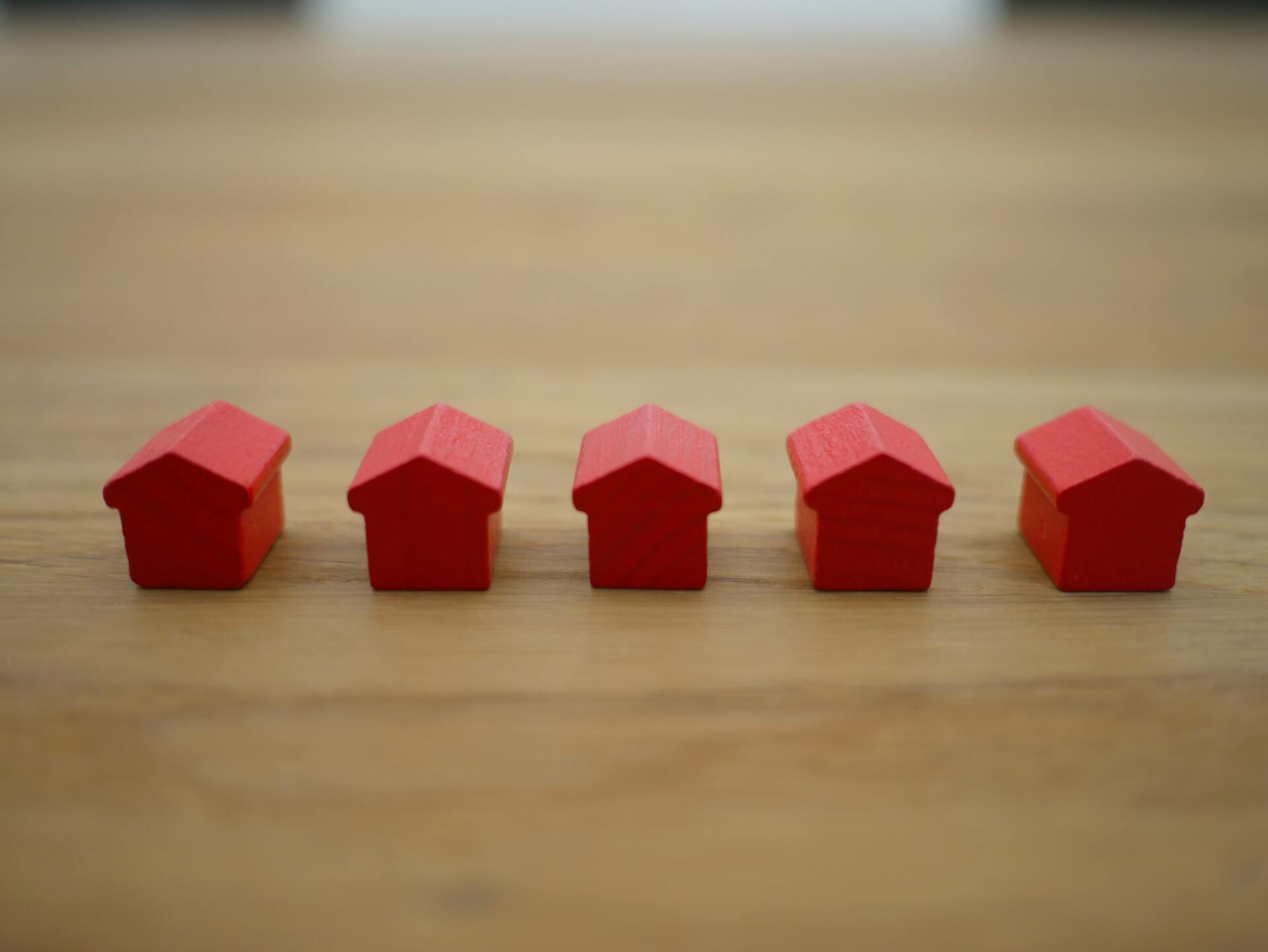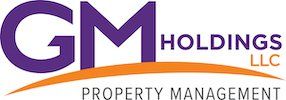Implement These Three Valuable Tips To Protect Your Investment Property
Philadelphia homes have jumped up almost 60% in pricing in the past five years alone, reaching a $279,900 median.
The upfront costs are substantial–but such projections indicate that you’d buy lower and sell higher if you purchase an investment property, given the ongoing year-to-year increases.
Yet, with all that upward momentum, there are concerns
about a looming housing market crash. Thus, profits aren’t set in stone when you purchase an investment property. The venture can be volatile and unpredictable if you aren’t careful.
Upkeep and maintenance also present a challenge,
as detailed by Investopedia. The same article discusses the tenant-related obstacles involved in owning an investment property.
Even well-meaning renters can cause severe damage. American Family Insurance cites that average repairs and maintenance
cost $10,200 every 5 years. Those numbers can creep up if you’re not careful, cutting into your returns.
Despite these challenges, an investment property can be a lucrative passive income opportunity. In fact, the average return in the
US for residential rentals is 10.6%, while commercial properties offer returns of 9.5%.
That said, maximizing your returns and eliminating the pitfalls of owning an investment property rests on your ability to follow the tips below:
Tip #1: Prioritize Insurance
Without the appropriate insurance, you’ll be on the hook for all investment property snafus and disasters.
Standard homeowner insurance isn’t enough if you rent out a residential property. It doesn’t cover any dwelling you, as the owner, don’t live in. Instead, landlord insurance is the viable option because it offers these core coverages:
Property damage- Lost rental income (due to a property being uninhabitable)
- Liability protection
For additional costs, you can insure yourself for:
Missed rent payments- Bringing your property up to code
- Flood damage
- Sewer backups
- Workers comp (if you have employees like a property manager)
These insurance types only scratch the surface.
Click here to learn more. Also, note that if you buy more properties, you’ll need to increase your coverage.
Tip #2: Register As An LLC

New Paragraph





